Laguna de yambo - discover ecuador's breathtaking nature
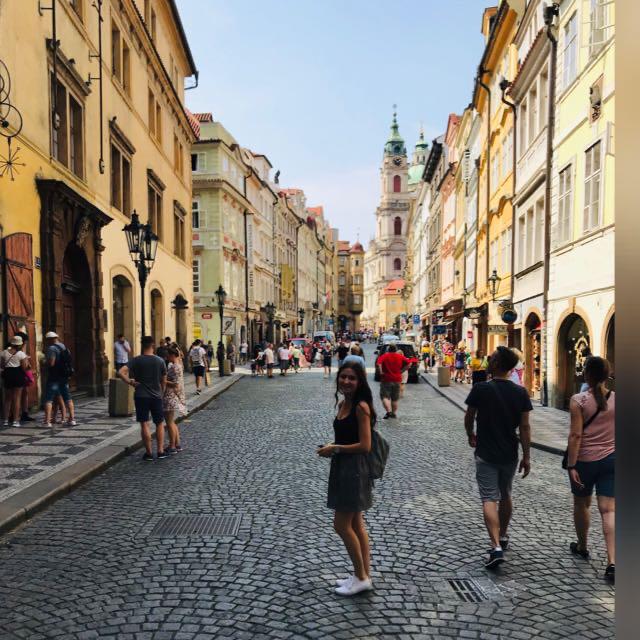
MICHELLE
GETTING TO THE LAGOON
Do you know already die LAGUNA DE YAMBO? DISCOVER with me ECUADOR’S BREATHTAKING NATURE.
My first excursion outside the national capital Quito was to the “Laguna de Yambo” near Latacunga, about two hours away by car. Already the drive there was an adventure. As we left the metropolitan region and it became more rural, the climate also changed. We steadily gained altitude, causing me to feel a slight pressure in my head for the first time since arriving. However, with enough water and some Ecuadorian chocolate for blood pressure, this problem was quickly resolved. Reaching the end point is great, but the journey itself is awesome. As you wind your way, the panorama of Quito’s colorful neighborhoods unfolds beneath you.
In general, it is fascinating how quickly the environment changes in this place. Just now you are in a poorerpart of town, then one intersection later you notice that the houses already look more splendid and prosperous, only to experience another change right after that.
But back to the topic: the rest of the drive is quite unspectacular, as you spend most of the time on the Ecuadorian highway. You pass two tollbooths, but you can admire the volcanic landscape along the road every now and then. The closer you get to the lagoon, the more uneven the roads become. But this is no reason to worry, because you can hardly get lost on the way and it was also – at least for us – quite amusing to be shaken in the car thanks to the stony ground.
On the last stretch, you look down on the turquoise blue lagoon from above, which only increases the anticipation of arriving very soon. Even if you can’t guess it from the bumpy roads immediately before, the destination is well organized in terms of tourism. On the large free area, you are guaranteed to find a parking space, we even succeeded on the public holiday with increased visitor traffic.
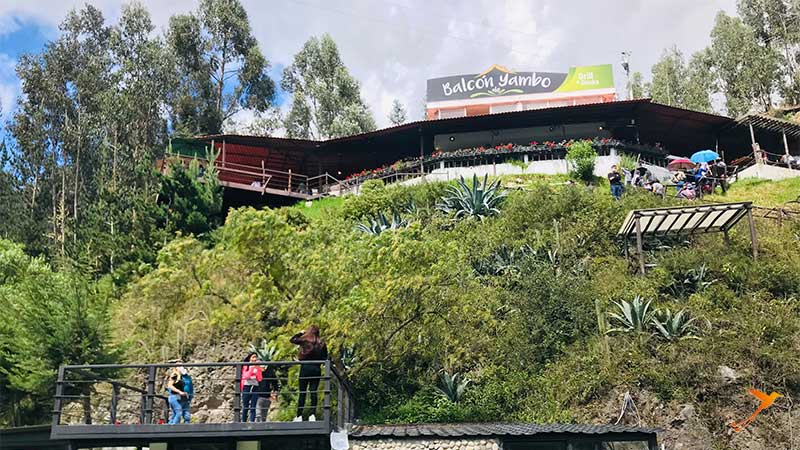
EXPLORING THE LAGOON
Then it is finally time to get out and marvel at the lagoon. If you have never been to Ecuador before, the environment alone is impressive, as the volcanic landscape is very different from other natural features. Also, the lagoon itself is simply beautiful to look at, because it reflects in different colors, depending on the angle from which you look at the water. But if you think that’s all there is to see, you’re wrong – there is much more! On the lake, trips with different types of boats are offered for little money, handmade products are sold by local people and furthermore there are horses, which are a highlight of the trip, especially for children.
Also, culinary comes in no way up to short, because there are several restaurants. One of them is located directly on the water, another one in a lofty height on the slope of a volcano, so that you can enjoy a great view of the lagoon. By the way, special clothing is not necessary, since the climate around the lagoon, as well as in the capital, is pleasantly mild and also the paths around the place are quite firm. It’s also great that there is no entrance fee required to enter the lagoon. The pictures speak for themselves:
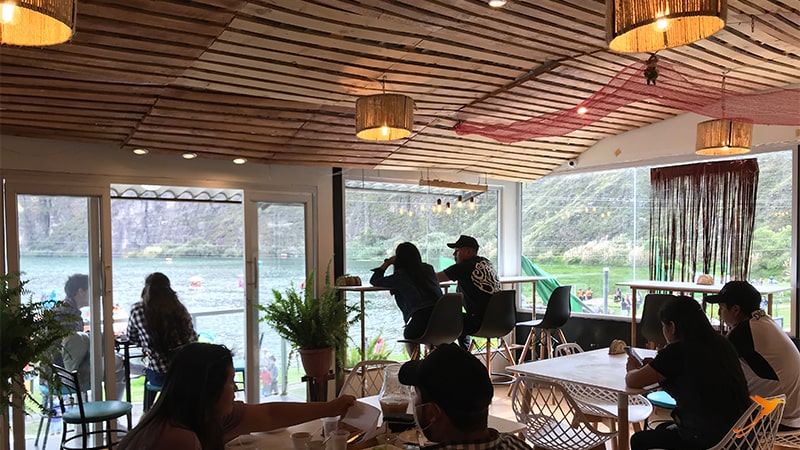
My absolute highlight, however, was the subsequent cable car ride over the lagoon itself – from the top you have another great view of the breathtaking nature and for $4 this activity is also quite affordable. You don’t have to worry about long waits, even on weekends, because up to 10 people fit into the cabin of the cable car. But see for yourselves:
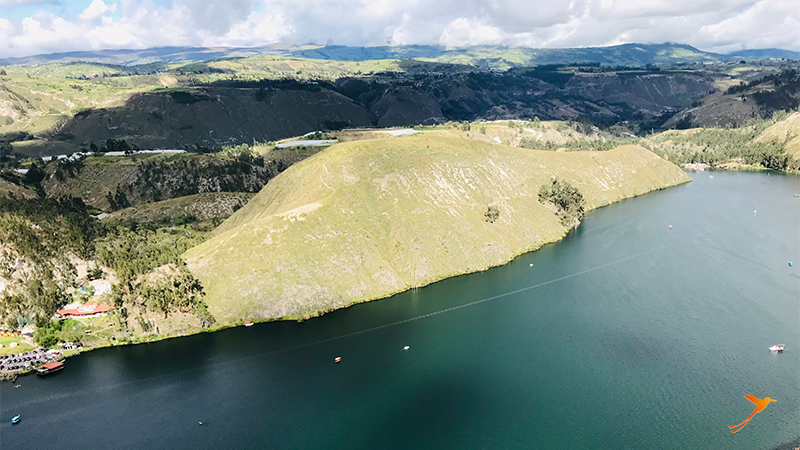
STOPOVERS ON THE WAY BACK TO QUITO
If you have had enough of the lagoon after about one to three hours, you can of course go directly back to Quito, but you can also, as we did, plan another stop at the “Mirador de los Volcanes”. There is also a nice restaurant where you can enjoy traditional food in a cozy atmosphere under clear skies with a direct view of Cotopaxi. Here, too, Ecuadorian culture is not neglected: to welcome you, you are served a so-called “Canelazo”, an aperitif consisting of cinnamon, cloves, naranjilla juice and sugar cane aguardiente.
During the meal, another typical drink of the country is served, namely “Chicha de Jora”. Originally from Peru, it is made similarly to beer by sprouting corn, extracting the malt sugar, boiling the wort and then fermenting it. Just behind the restaurant, you can also visit llamas in their natural habitat and sway on a giant swing toward the second highest volcano in South America. If that’s not enough, dessert should be a “Helado de Salcedo”, a typical ice cream from the region, which, funnily enough, is sold on the side of the road. This consists of various fruits, all of which taste tropically delicious. All in all, a successful end to the trip!
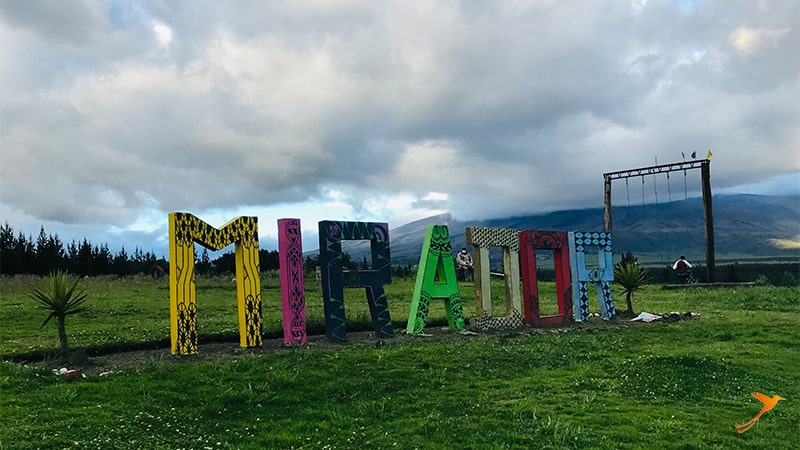
visit our other channels
Recent Posts
- From Manglaralto to Pacoche and surroundings April 18, 2024
- Excursions within the rainforest region of Ecuador April 5, 2024
- Ecuador in a state of emergency?! My personal experience March 22, 2024
- The 10 most beautiful lakes and lagoons in Ecuador – Part 2 March 12, 2024
- The 10 most beautiful lakes and lagoons in Ecuador – Part 1 February 23, 2024